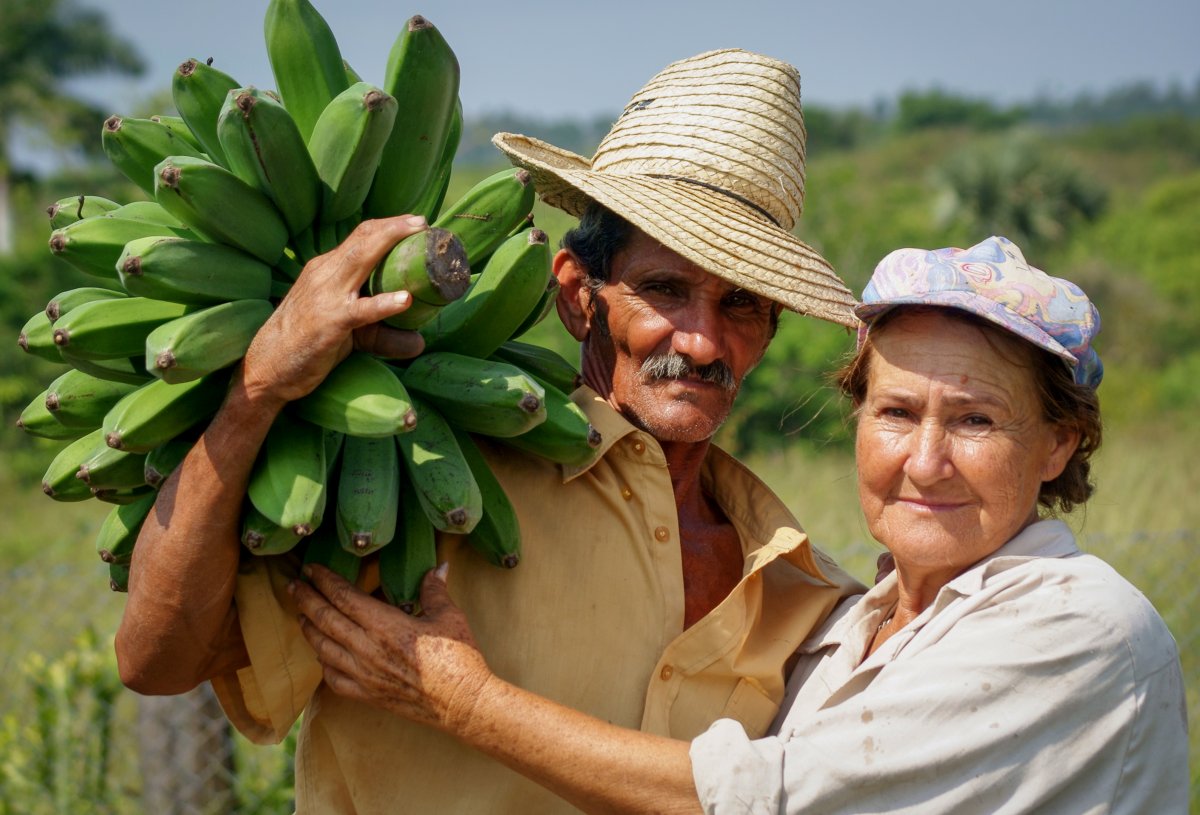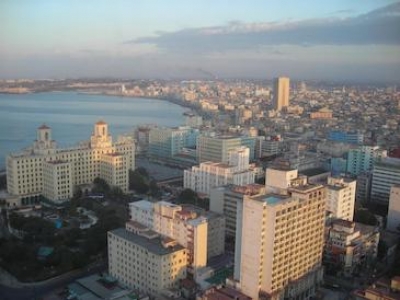Supporting Cuba to advance their NAP process
Project Overview

Country background, Sustainable Development Goals and Paris Agreement
The Republic of Cuba is located in the Caribbean Basin. Havana has 15 municipalities, out of which six are located in its coastal zone, an area of vital importance for the sustainable and strategic development of the country. The Havana Coastal Zone is a highly important zone for tourism that is characterized by sandy beaches, three coastal lagoons, mangrove areas, and coral reef crests. It also includes the Havana Malecon (sea drive), a Cuban landmark, particularly the portion located in the Historic Centre that has been declared by UNESCO as a World Heritage Site. The Bay of Havana is another significant site given its economic and social importance because of its harboring, industrial and touristic activity. The Havana Coastal Zone is located in the region of Cuba most frequently hit by hurricanes of different categories and cold fronts of varying intensities. Studies undertaken show that this region is one of the most vulnerable areas in terms of extreme meteorological events and climate change impacts.
Since the 1990s, the Cuban Government has recognized the risks associated with climate change and engaged in efforts to address these risks in its environmental and development agenda. Cuba ratified the Paris Agreement on December 28, 2016 and submitted its Nationally Determined Contribution (NDC) on November 23, 2015. In the NDC, adaptation is considered the main priority and specific emphasis is placed on human health, reducing coastal zone vulnerability, recovering the mangrove areas, integrated water management, territorial planning and sustainable food production, as well as incorporating adaptation in all programs, plans and projects moving forward.
The Inception Workshop of the Third National Communication to the United Nations Framework Convention on Climate Change (UNFCCC) was held in February 2018. The main objectives and tasks identified are: to develop an inventory (base year 2016) of greenhouse gas emission and reduction; conduct a comprehensive assessment of climate change impacts on pilot areas as study cases. Formulating the Adaptation Plan for the Havana Coastal Zone is an opportunity to materialize the priorities contained in “Tarea Vida” and creates synergy with and complements the analysis and results of the Third National Communication. The Adaptation Plan for the Havana Coastal Zone project will contribute towards closing information and knowledge gaps, strengthening technical and technological capacities, designing adequate and effective adaptation measures that are fully incorporated into the development plans, and training and sensitizing relevant actors on climate adaptation. Together, these actions will increase climate resilience in the Havana Coastal Zone.
The 2030 National Plan for Economic and Social Development: Strategic economic axes and sectors, ratifies the political will and strategic vision to address climate change, while designing a pathway towards sustainable development. This plan highlights the implementation of policies for effective risk management and climate change adaptation in the country as well as the need to effectively implement programs and actions to address climate change impacts, focusing on adaptation measures, vulnerability reduction, mitigation, and the introduction of systemic and cross-sectoral strategies. It also states the need to improve the Civil Defence System for risk reduction on the basis of comprehensive risk management with the active involvement of the communities and local governments in order to improve the resilience of human and ecological systems, all of which is in line with the Sustainable Development Goals (2030 SDGs) and the 2015-2030 Sendai Framework for Disaster Risk Reduction.
How has the NAP-GSP supported to date?
|
Support with the NAP roadmap and identifying new stakeholders
|
Conduct consultation processes at national and at territorial level to identify new stakeholders, project opportunities (consistent with National Development Plan, National Environmental Strategy, State Plan for Tackling Climate Change and NDC) and their review, with a gender approach, thus ensuring a broad participation of women.
|
|
Produced an assessment and identified entry points for the NAP process
|
Conduct institutional assessments and diagnosis of the capacities of the National Designated Authority and other institutions linked with its work on matters related to the GCF. Creation of a technical unit, which will support the work carried out by the National Designated Authority, in particular by reviewing and screening programs and projects. The eventual Readiness Proposal project will design a Country Program that will include a plan to work with the Fund and involve new actors relevant to climate change financing issues.
|
|
Helped build capacity and facilitated access to additional climate finance
|
NAP GSP supported Cuba is developing it’s GCF Readiness and Preparatory Support/Initial Plan in Cuba, an initial plan to create and strengthen Cuba’s institutional capacities to access and engage with the Green Climate Fund. With the support of implementing partner UNDP, Cuba submits a revised Readiness Proposal for “Adaptation Plan for the Havana Coastal Zone” to the Green Climate Fund in June 2019. The objective of this project is to formulate an Adaptation Plan for the Coastal Zone of Havana, which considers the medium- and long-term climate risks and specific vulnerabilities and integrates adaptation measures and investment decisions into the development planning.
|
News
New project to increase coastal resilience in Cuba - February 25, 2020 - The project intervention area is located within the Sabana-Camagüey archipelago, north of the central region of Cuba. It covers the fifteen coastal municipalities of the Villa Clara, Sancti Spíritus, Ciego de Ávila and Camagüey provinces.
Cuba and the Caribbean work to increase the resilience of the regional SAT - January 16, 2020 - Specialists from the National Risk Assessment Group of the Environment Agency (@AMA_CUBA) carried out a South South Cooperation exchange mission with the Caribbean island of Saint Lucia, developed in the National Emergency Management Organization (NEMO).
CITMA and UNDP value cooperation for more than 25 years - September 11, 2019 - This was a new opportunity for Ms. Maribel Gutierrez, on behalf of UNDP, to highlight that CITMA is a very important partner given its high scientific potential and state commission at national and territorial level. Today the projects under the attention of CITMA represent 47% of the total portfolio approved by UNDP in Cuba, approximately 56 million USD.
 The coastal area of Havana prepares to adapt to climate change
The coastal area of Havana prepares to adapt to climate change 